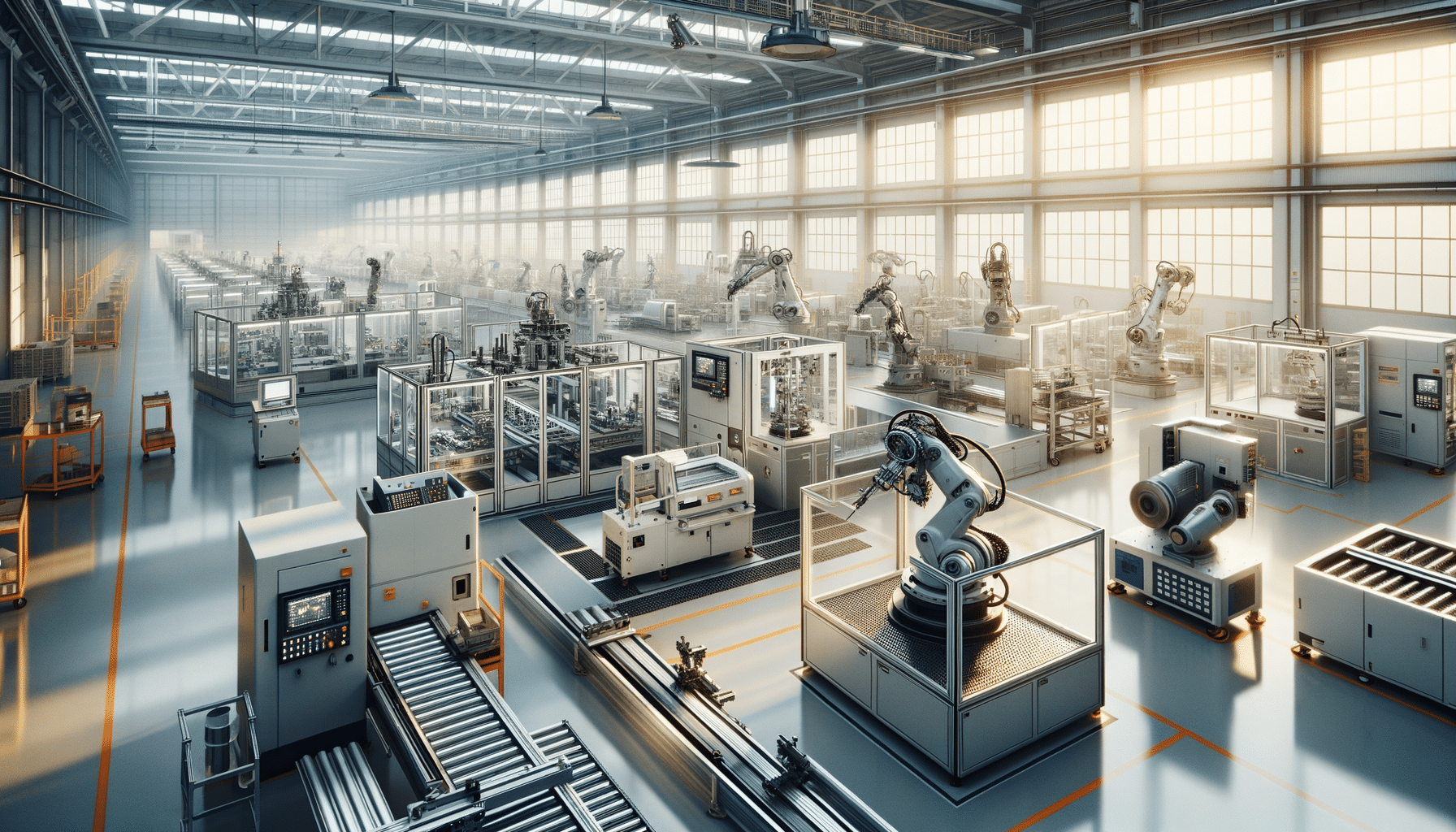
AI-Enhanced Autonomous Bicycle: Revolutionizing Urban Mobility
Introduction to AI-Enhanced Autonomous Bicycles
In recent years, the world has witnessed a significant shift in urban transportation dynamics. With the growing concerns over environmental sustainability and the need for efficient mobility solutions, AI-enhanced autonomous bicycles have emerged as a promising innovation. These bicycles integrate advanced artificial intelligence technologies to offer a new mode of transport that is not only efficient but also environmentally friendly. This article delves into the importance and relevance of AI-enhanced autonomous bicycles, exploring their potential to transform urban mobility.
The Technology Behind Autonomous Bicycles
AI-enhanced autonomous bicycles are equipped with a range of cutting-edge technologies that enable them to operate independently. At the core of these bicycles is a sophisticated AI system that processes data from various sensors, including cameras, LIDAR, and GPS. These sensors work together to provide a comprehensive understanding of the bicycle’s surroundings, allowing it to navigate through complex urban environments safely.
One key component of this technology is the machine learning algorithms that enhance the bicycle’s decision-making capabilities. These algorithms analyze real-time data to predict and react to potential obstacles, ensuring a smooth and safe ride. Additionally, AI systems in these bicycles are designed to learn from past experiences, continuously improving performance over time.
The integration of AI with IoT (Internet of Things) further enhances the functionality of autonomous bicycles. IoT connectivity allows these bicycles to communicate with other smart devices and infrastructure, such as traffic signals and smart city platforms. This connectivity facilitates seamless navigation and contributes to the overall efficiency of urban transportation networks.
Environmental and Economic Benefits
The adoption of AI-enhanced autonomous bicycles offers substantial environmental and economic benefits. By reducing reliance on traditional vehicles, these bicycles contribute to the reduction of greenhouse gas emissions and help combat urban air pollution. As bicycles do not require fossil fuels, they present a sustainable alternative for short-distance travel within cities.
From an economic perspective, autonomous bicycles can significantly reduce transportation costs for individuals and municipalities. The low operational and maintenance costs associated with bicycles, combined with the elimination of fuel expenses, make them an attractive option for cost-conscious commuters. Moreover, widespread adoption of these bicycles could alleviate traffic congestion, leading to increased productivity and reduced infrastructure wear and tear.
Governments and city planners are increasingly recognizing these benefits, leading to investments in infrastructure that supports the use of autonomous bicycles. Dedicated bike lanes, smart traffic management systems, and bicycle-sharing programs are being developed to encourage their use and integrate them into existing transportation ecosystems.
Challenges and Considerations
Despite the promising potential of AI-enhanced autonomous bicycles, several challenges must be addressed to ensure their successful integration into urban environments. One primary concern is the safety and reliability of these bicycles in real-world conditions. While significant progress has been made in AI technology, ensuring the bicycles’ ability to handle unpredictable scenarios remains a priority.
Another challenge is the regulatory framework surrounding the use of autonomous bicycles. Policymakers must establish clear guidelines and standards to govern their operation, addressing issues such as liability in case of accidents and data privacy concerns.
Public acceptance and trust in autonomous technology is also crucial. Educating the public about the benefits and safety features of AI-enhanced bicycles can help alleviate apprehensions and foster widespread adoption. Additionally, ensuring equitable access to this technology across different socio-economic groups is essential to prevent disparities in urban mobility.
The Future of Urban Mobility
The future of urban mobility is set to be revolutionized by AI-enhanced autonomous bicycles. As technology continues to advance, these bicycles will become an integral part of smart city infrastructures, offering efficient, sustainable, and accessible transportation solutions.
Looking ahead, the integration of AI-enhanced bicycles with other forms of transportation, such as public transit and ride-sharing services, will create a seamless, multimodal transportation network. This network will cater to diverse mobility needs, reducing dependence on private vehicles and contributing to more livable urban environments.
Furthermore, ongoing research and development efforts are likely to yield even more advanced features in autonomous bicycles. Innovations such as enhanced energy storage systems, improved AI algorithms, and greater connectivity will enhance their functionality and appeal.
In conclusion, AI-enhanced autonomous bicycles hold the potential to transform urban mobility, making cities more sustainable, efficient, and inclusive. By addressing current challenges and fostering collaboration among stakeholders, we can pave the way for a future where these bicycles are a common sight on city streets, contributing to a cleaner and smarter world.


